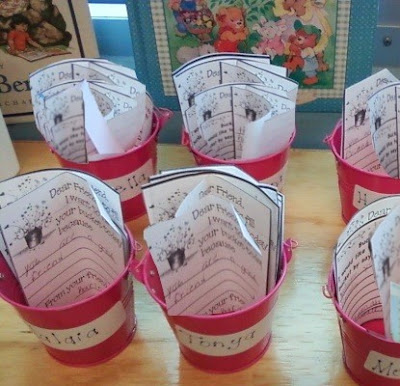- Anticipation guides stimulate students' interest in a topic and set a purpose for reading.
- They teach students to make predictions, anticipate the text, and verify their predictions.
- They connect new information to prior knowledge and build curiosity about a new topic.
- When preparing an anticipation guide, think simple for younger students. Write four to six statements about key ideas in the text. When I make mine, I have a place for them to choose if they agree or disagree with the statement before reading...and then the same for after reading.
- Begin by Modeling! Introduce the text or reading material and share the guide with the students. Model the process of responding to the statements and marking the columns.
- Read each of the statements and ask the students if they agree or disagree with it. Provide the opportunity for discussion. The emphasis is not on right answers but to share what they know and to make predictions.
- Read the text aloud or have students read the selection individually. If reading aloud, teachers should read slowly and stop at places in the text that correspond to each of the statements.
- Revisit each statement during Closure.
Here's a good video of a teacher with her whole group during an Anticipation Guide. You could also use a guide in a small group setting, as well.







No comments:
Post a Comment
I love hearing from others! Thank you so much for leaving a comment!